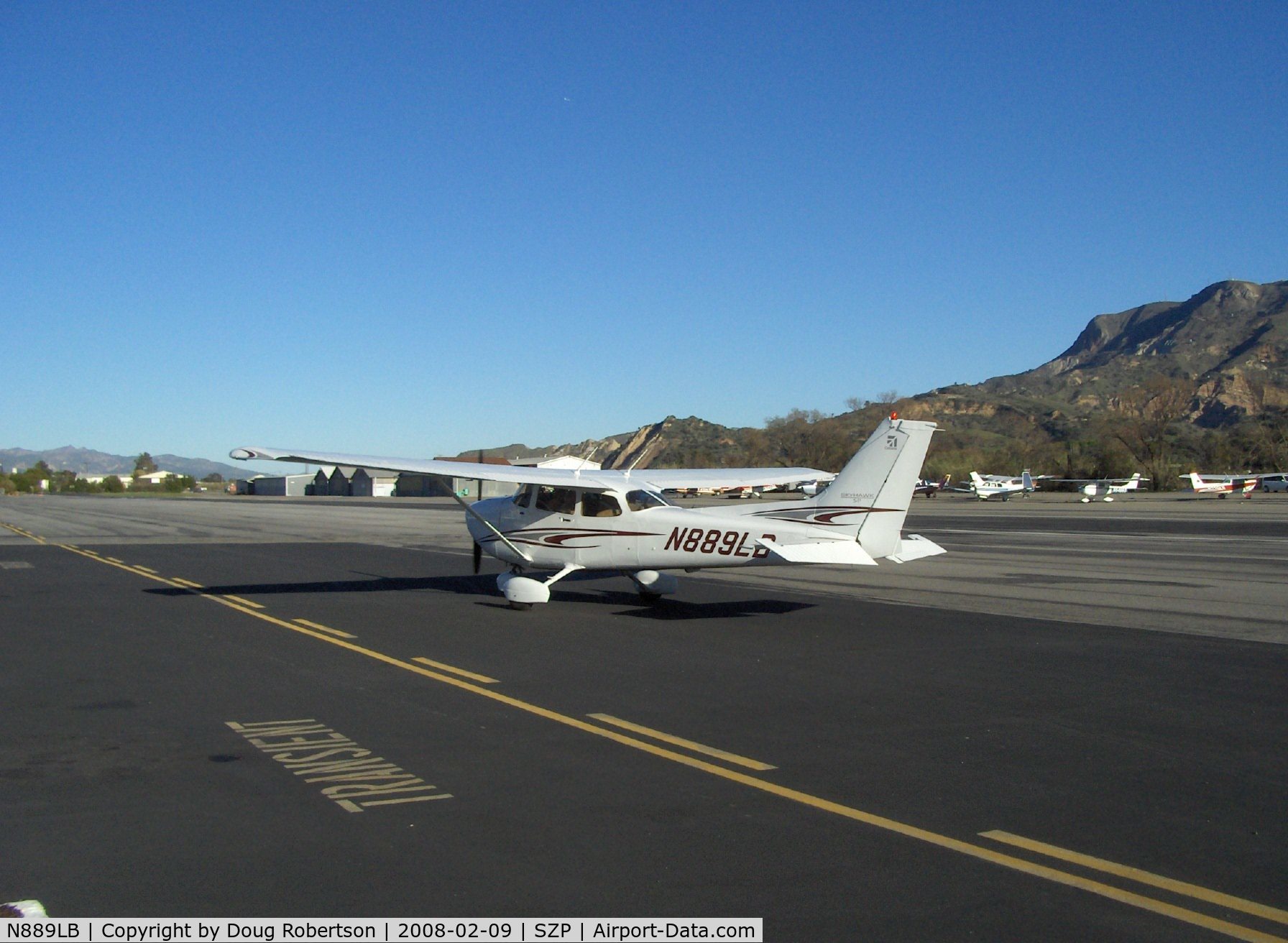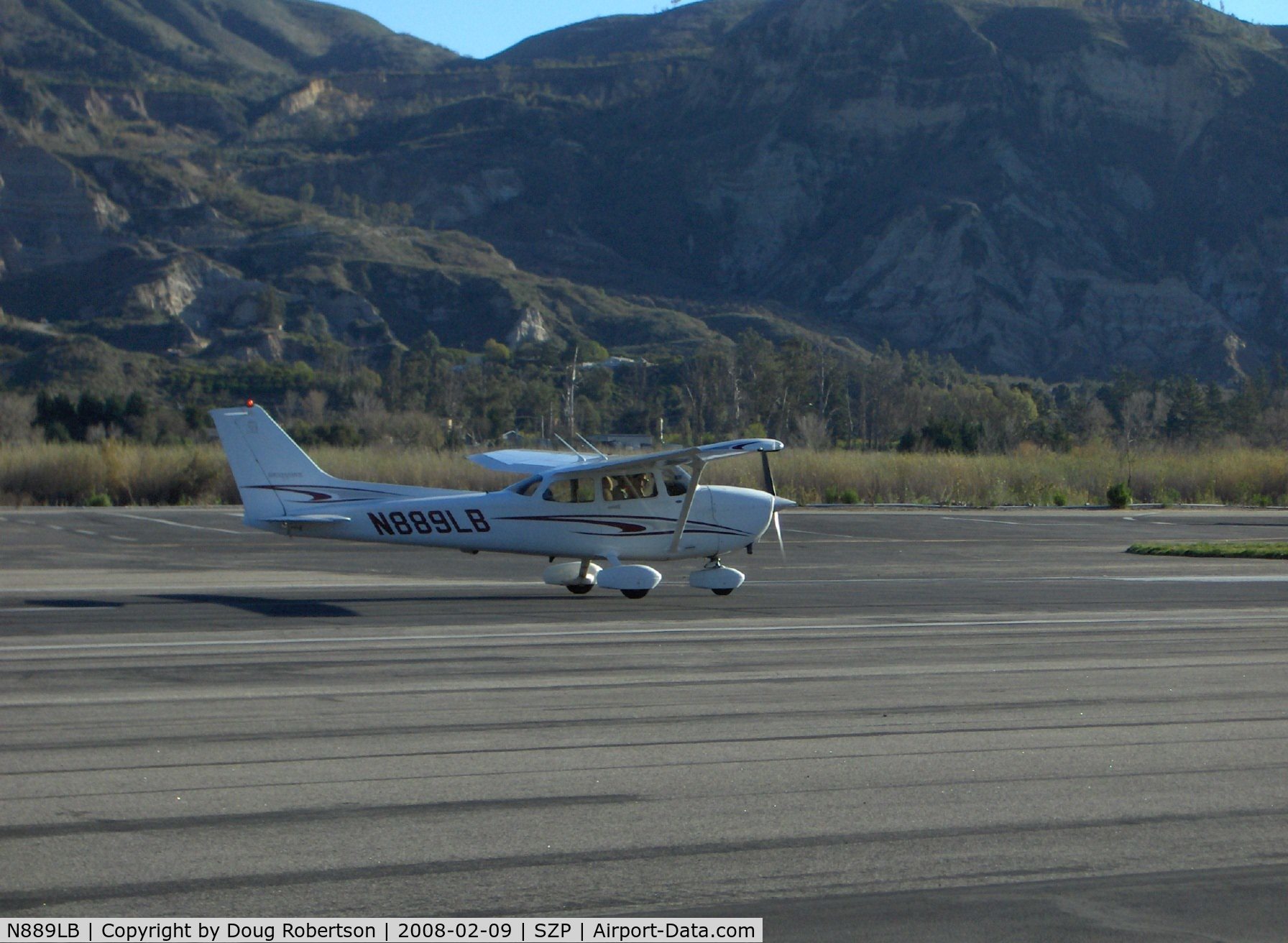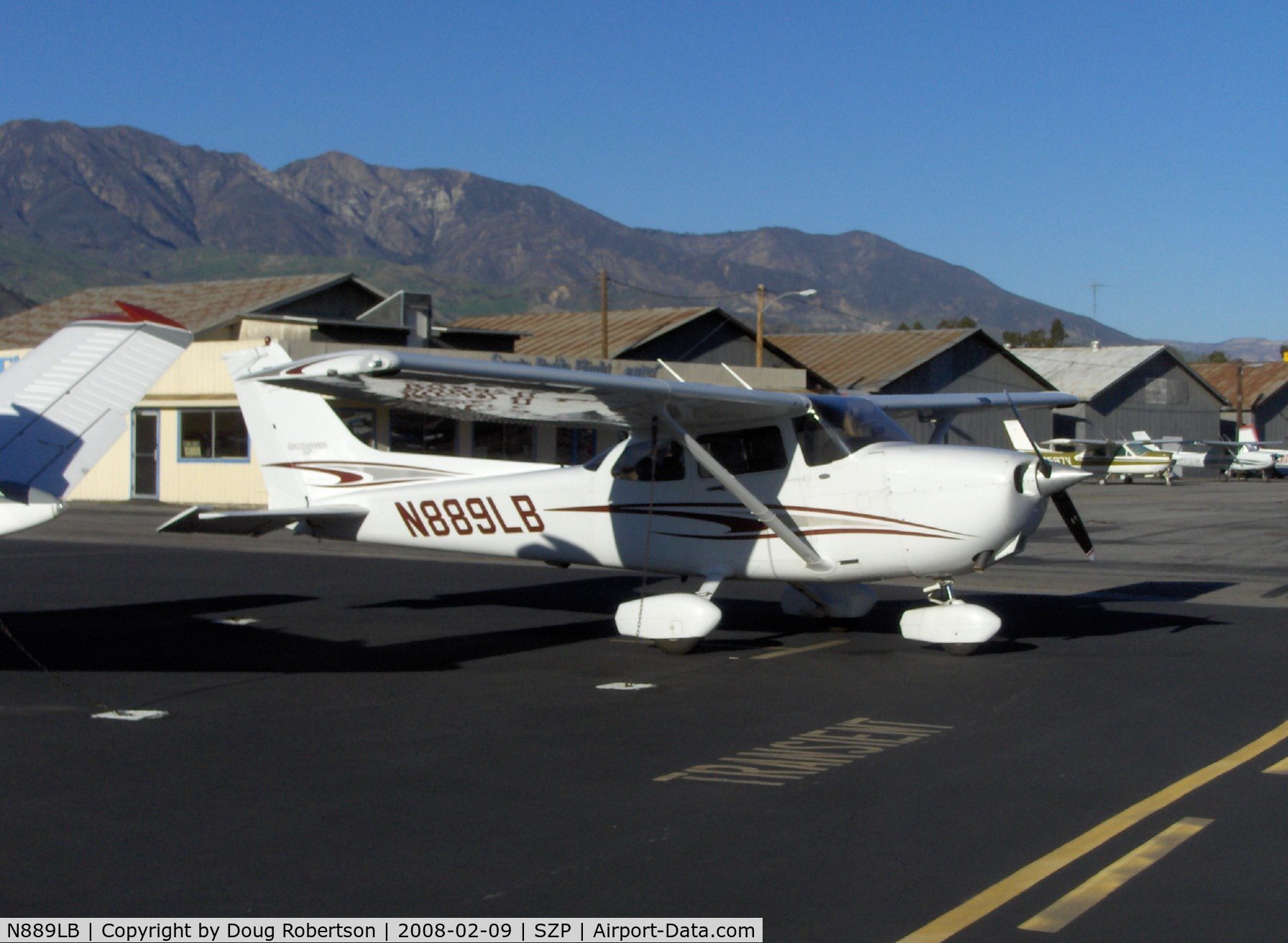 We want to have a way while in the sky, to navigate and get to our location successfully. At the same time we also need to know how to find out where we are, if we are lost. There are many ways to do both of these. But in this discussion we will be talking about VOR's. Included with VOR's are sometimes DME, which will give additional information based on the VOR's.
We want to have a way while in the sky, to navigate and get to our location successfully. At the same time we also need to know how to find out where we are, if we are lost. There are many ways to do both of these. But in this discussion we will be talking about VOR's. Included with VOR's are sometimes DME, which will give additional information based on the VOR's. VOR's allow you to fly TO them; by flying to the outbound radial on the other side of the station. The radial you are on while flying TO the station is still an outbound radial. This is where one needs to understand the reciprocal; or in other words the "opposite of". For example if you are on the 180° radial, you are on the 180° radial FROM the station, with no direction of flight implied. The reciprocal of 180° is 360° (+2/-2 rule). This is our heading TO the station.
The +2/-2 rule helps you to get the reciprocal of a radial easily, in MOST cases. It works like this. If you are on the 180° radial and want to turn to the reciprocal of 180°, you would add 2 to the first number and subtract 2 from the second number, and carry the third number down. So add 2 to the 1 from 180°, and this makes it 3. Then subtract 2 from the 8 in 180°, and this gives you 6. Carry down the 0 from 180°. So that would give you 360°. This DOESN'T ALWAYS WORK, but in most cases it will. If it doesn't, use common sense to find the answer. An example where it will not work is 010°. The reciprocal would be 290° using the +2/-2 rule. This is incorrect and it should be 190°. But if you use common sense and think 010° is close to 360°. The reciprocal of 360° is 180°. Add the additional 10° from the 010° to 180° and it gives you 190°. You can see how this will help you along your way.
 So to reiterate, if you are on the 057° heading FROM the station, to fly TO the station you would again use the +2/-2 rule and you would fly the reciprocal of 057°, or 237° radial (The radial on the other side of 057°). Why do people have problems with VOR tracking and navigation? Because they do not get the concept that, there are NO TO RADIALS. They need to remember there are ONLY FROM RADIALS. The VOR has the radials that extend FROM the station. Once this is ingrained into your head, you will not have problems with navigation any longer.
So to reiterate, if you are on the 057° heading FROM the station, to fly TO the station you would again use the +2/-2 rule and you would fly the reciprocal of 057°, or 237° radial (The radial on the other side of 057°). Why do people have problems with VOR tracking and navigation? Because they do not get the concept that, there are NO TO RADIALS. They need to remember there are ONLY FROM RADIALS. The VOR has the radials that extend FROM the station. Once this is ingrained into your head, you will not have problems with navigation any longer. A VOR tells you where you are and where your destination is. The OBI (Omni Bearing Indicator)gauge on your panel, has two parts: CDI & OBS. The Course Direction Indicator is the needle and the Omnibearing Selector is a knob for turning to the various headings as indicted at the top or bottom (depends on manufacturer) of the OBI. Let's assume our OBI shows the radial we are on at the top of the gauge and the reciprocal heading at the bottom. We only have to concern ourselves with the radial we are on (our position) for now.
If we are flying on a 270° heading, and we tune the FROM radial of a VOR, with a centered OBS needle and it shows 180°. We know we are on the 180° radial heading 270°. If DME is included, we now know our distance from the station. We know that 180° is south of the station, so we now know 360° TO the station. We turn to the right to 360° TO the station, still on the 180° radial FROM the station.
So we want to fly is on the R-270 45 DME. So we know 270° is to the left since we are flying to the North. As we get close to the station, the needle will become VERY sensitive to heading changes. At this point we need to NOT CHASE THE NEEDLE, but fly a constant heading while in this "cone of confusion". This sensitivity, stems from the passage over the station. At this point we would shortly thereafter receive an OFF indication to signal we are over the station.
Before we can use an intercept procedure, we must decide which radial to intercept and whether we are going to intercept the radial inbound or outbound. If the radial is an airway, this must be determined from a chart.
- tune the OBI to the station and audio identify
- to intercept and fly outbound, rotate the OBS to set the radial under the course index;
to fly inbound on the radial, turn the OBS to set the reciprocal of the radial under the course index. - confirm that TO/FROM indicator is consistent with intentions;
i.e., if flying inbound, TO should read with reciprocal set in OBI.
It should show FROM with the outbound radial set.
Having confirmed the TO/FROM indicator is consistent with your intention, continue to Step 4. NOTE: The TO/FROM indicator does not show whether you are tracking TO or FROM the station; it only shows whether or not the course you have chosen will take you TO or FROM the station, IF INTERCEPTED AND IF FLOWN! - If the Course Deviation Indicator [CDI] is to the left, SUBTRACT an appropriate intercept angle (usually between 40° & 60°) from the course set under the index in the OBI dial.
If the CDI needle is right, ADD an appropriate intercept angle to the course shown in the OBI. Refer to the Directional Gyro [D.G.] and turn left/right, which ever distance [angle] is shorter [less]. Remember, we are turning to intercept a radial we determined as being our inbound or outbound heading to our destination [Step 2]. - When the CDI needle centers, the intercept is accomplished and the aircraft should be turned [heading] to the course set in OBI; i.e., the course selected to be flown.
- Rotate the OBS from the course being intercepted to the intercept heading [in the D.G.] being flown. If the CDI needle reverses, the intercept will occur before the station passage; if not, then station passage will occur first, UNLESS a larger intercept angle is used.

With our OBI set at 270° and flying a heading of 240°, we would intercept the radial outbound within 10-15 miles. As the needle starts to come back to the center, adjust the heading closer to 270° to put us directly on the radial flying 270° FROM the station. It is now just a matter of reading the DME and adjusting our altitude to bring us to our destination. That's all there is to it: fly to the station and after passage turn to a heading that will allow interception of the outbound radial.

 VOR's can also be used for time checks. This is a nifty trick that i was tough. It will let you know how long it will take to get to the VOR from where you currently are:
VOR's can also be used for time checks. This is a nifty trick that i was tough. It will let you know how long it will take to get to the VOR from where you currently are:- While inbound to the station on the 022° radial, you would need to start with an easy number. So we would use the 030° radial to start our check. We would turn to a heading of 120°, which is at right angles to the 030° radial. The OBS is turned to 030° and as the needle centers, we note the time. Immediately we rotate the OBS to 040°, which is the next radial to be used in the time check. We countinue to fly the 120° heading and flies to the 040° radial. As we cross this radial and the needle centers, we note the time and finds that it has taken two minutes (60 seconds) to make the 10° radial change.
The formula for determining the time remaining to the station is:
(TIME IN SECONDS BETWEEN RADIAL CHANGE)/(DEGREES OF RADIAL CHANGE) equals TIME TO STATION IN MINUTES.
Therefore, by dividing 60 seconds by 10, we now know we have 6 minutes remaining to fly to the station. Although this problem can be worked out using any degree of radial change, l0° of radial change is the simplest and fastest to figure out in my opinion.
- Find 2 VOR's that are close to the last know location, or the general area you believe you are around.
- Tune in the first VOR and rotate the OBS until you get a FROM indication and a centered needle.
- Draw a line coming out of that VOR on the heading that the centered needle is on, on your sectional.
- Tune into the second VOR and rotate the OBS until you get a FROM indication and a centered needle.
- Draw a line coming out of that VOR on the heading that the centered needle is on, on your sectional.
- These 2 lines should intersect at some point. This is the point where your airplane is located, or very close to.
- At this point you should look for landmarks, outside, and on the sectional. Try to reestablish your position. Once you know where you are, continue on course.















3 comments:
0graphurhiamu1998 Jason Brandt https://wakelet.com/wake/c-h87NP5K12APNjud3bya
apexnale
0piebalWsorpi-1979 Steven Holmes click here
download
click
link
terpeovevi
centriatempse Sharon Cook Express VPN
Site
Kaspersky AntiVirus
ligangtergder
Post a Comment